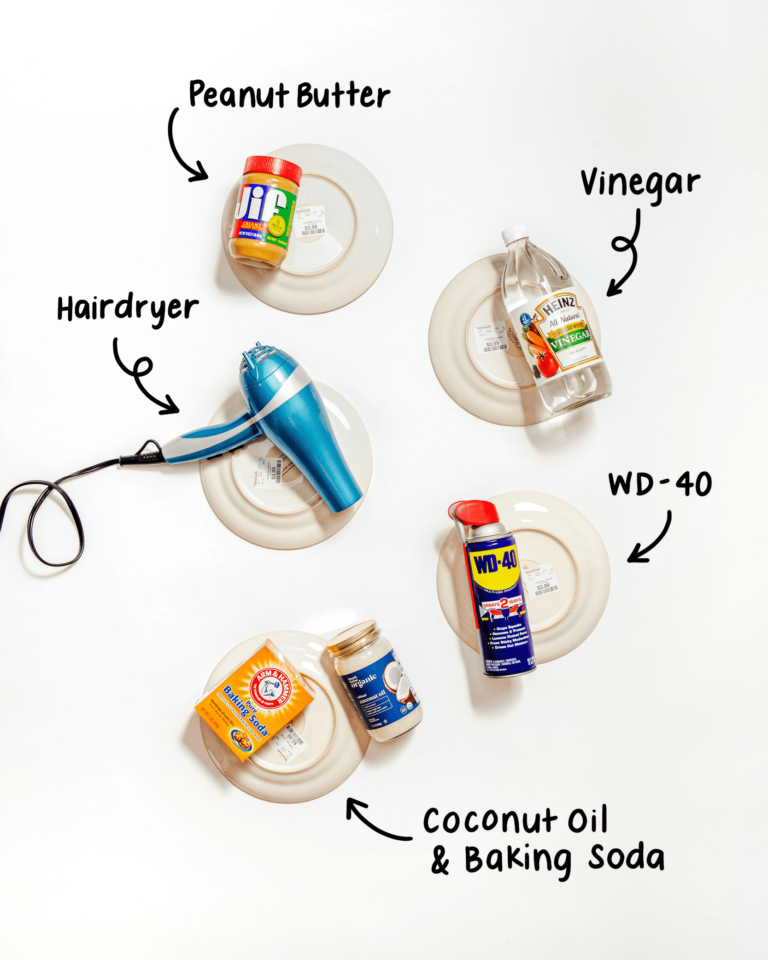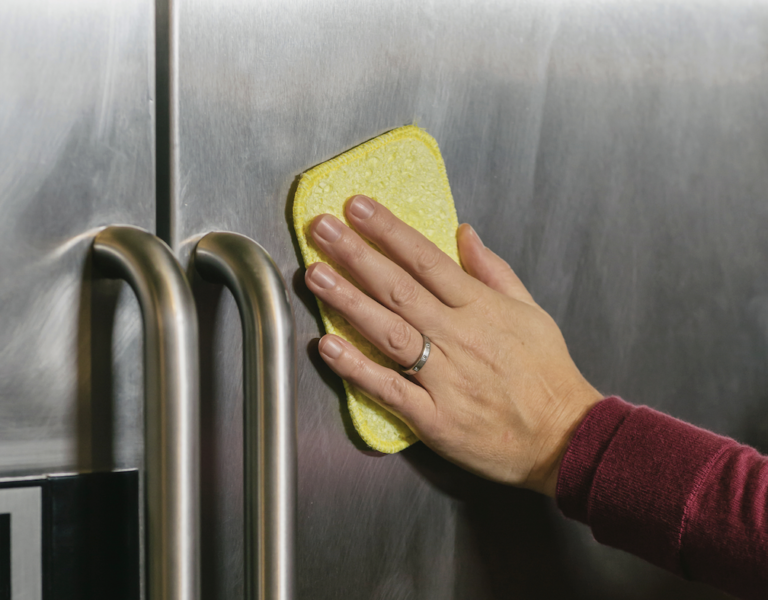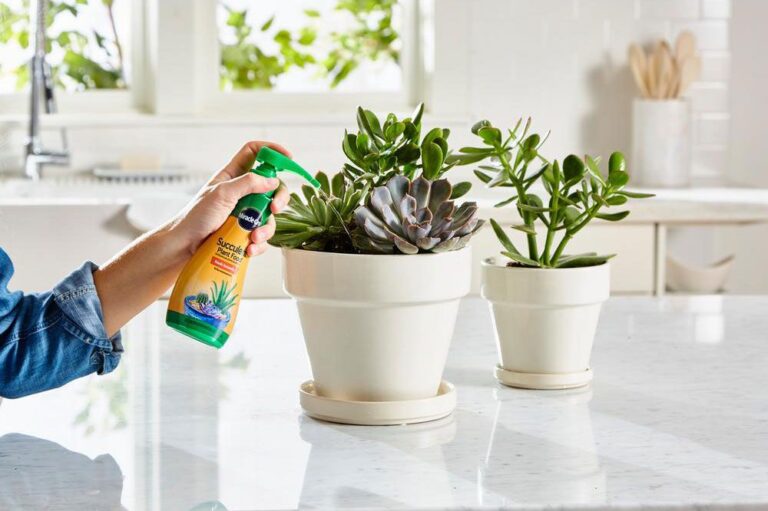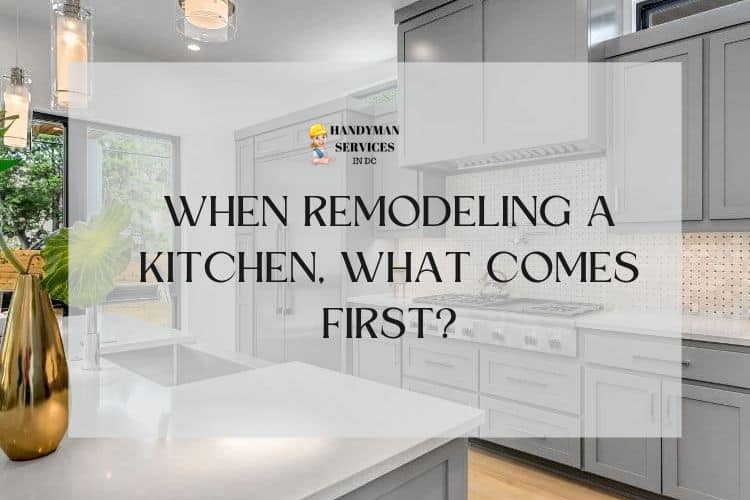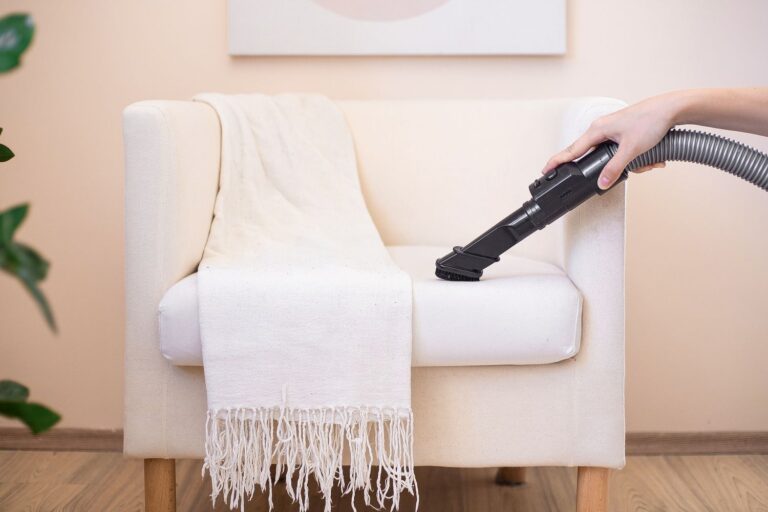How Do I Choose A Kitchen Color?
Choosing the right kitchen color can be a daunting task. Not only do you have to consider the look and feel of the room, but also how it will affect the overall atmosphere of your home. You want to choose a color that will create a pleasant and inviting space for family and friends to congregate. With the variety of colors available, it can be hard to decide on the best option. This article will help you to understand the different kitchen color options and how to choose the right one for your kitchen.
Understanding Color Theory
Choosing a kitchen color can be a daunting task, but understanding color theory can help you make the right decision. Color theory is the study of how colors interact with each other and how they create a certain mood or atmosphere. It is important to understand the basics of color theory when selecting kitchen colors, as the right colors can create an inviting and relaxing atmosphere. To begin, consider the color wheel, which is a visual representation of the relationship between colors. It contains the three primary colors (red, blue and yellow), and the secondary and tertiary colors created when combining them. Also, understand how warm and cool colors work together to create an inviting and relaxing atmosphere. Warmer colors (red, yellow, and orange) create a cozy and inviting atmosphere, while cooler colors (blue, green, and purple) create a calming and relaxed atmosphere. Finally, understand how neutral colors, such as white, black, and gray, can be used to enhance the overall color scheme. By understanding color theory, you can create a kitchen color palette that is both aesthetically pleasing and calming.
Considering the Space
Choosing a kitchen color can be a daunting task; after all, it’s a major part of your home’s decor. To make the process easier, start by considering the space. Are you working with a large kitchen with plenty of natural light, or a smaller, darker space? What is the overall style or theme of the room? Knowing the answers to these questions will help you narrow down color options.
For larger kitchens with open, airy designs, bright and vibrant colors are often a great choice. A bright yellow or crisp white can bring a sense of energy and freshness to the room. For smaller kitchens with lower ceilings, darker hues like navy blue or hunter green can help create a cozy atmosphere.
In addition to size and lighting, think about the other elements in the room. Is the cabinetry a light wood or a dark wood? What color scheme do the appliances or countertops have? By considering the color of the furniture, counters, and appliances, you can get a better idea of what will work in your space.
Finally, don’t be afraid to make a bold statement. If you’re looking for a dramatic transformation, you can always opt for a bright, unexpected color. Just make sure that it fits with the overall style of the room. With a little bit of thought and research, you’ll be able to find the perfect kitchen color for your home.
Choosing a Color Palette
for Your Kitchen
When it comes to decorating your kitchen, the choice of colors is one of the most important decisions you will make. Choosing the right color palette for your kitchen can make all the difference between having a warm and inviting space, or a dull and dreary one. The key to creating a kitchen that is both visually appealing and functional is to pick a color palette that complements the existing furniture, appliances, and décor. It is also important to consider the overall mood and atmosphere you want to create.
When selecting a color palette, think about the type of kitchen you have. For example, a traditional kitchen may benefit from a warm and inviting palette, while a contemporary kitchen might benefit from a more modern and sleek palette. Consider the type of lighting in your kitchen, as well as the size and shape of the room. Natural light can bring out a range of colors in the kitchen, while artificial lighting can make certain colors appear brighter or duller than they actually are.
Additionally, it is beneficial to take into account the existing features in your kitchen. For example, if you have neutral-toned cabinets and countertops, you may want to opt for a bright and bold palette to make the room pop. On the other hand, if the kitchen is already vibrant, you may want to choose a more muted color palette to create a soothing atmosphere.
Finally, when selecting a color palette for your kitchen, it is important to think about how it will look in the future. Consider the colors you may be adding to the room in the future, such as furniture, accessories, and appliances. By taking these factors into consideration, you can create a color palette that will last for years to come and be the perfect backdrop for your kitchen.
Exploring Color Combinations
for Kitchen Spaces
When it comes to choosing the perfect color for your kitchen, it can be daunting to pick the right combination. With so many options out there, it’s important to consider a range of factors that will ensure you end up with a look you love. From cabinet colors to accent walls, exploring color combinations for kitchen spaces is essential in creating a space that is both aesthetically pleasing and practical.
Before you even begin to think about colors, take a look at your kitchen’s layout, lighting, and the materials used. Consider the size of the room and how much natural light is available. This will help narrow down your options and help you make the most of the space available.
Once you have an idea of the overall look of your kitchen, think about the colors and shades you’d like to use. Popular kitchen colors are usually either neutral or bold. Neutral colors are great for creating a calming atmosphere while bold colors can add a pop of personality. If you’re feeling adventurous, why not combine the two? Contrasting colors can be used to create a vibrant and inviting space.
When choosing kitchen colors, consider the accessories and furniture you already have. Pick colors that will complement these items, and don’t forget to include some accent colors. These can add a unique touch to your kitchen and make it stand out from the rest.
When in doubt, remember that the kitchen is the heart of the home and should be a place to entertain, so make sure the colors you pick reflect your style and personality. With the right color combination, you can create the perfect kitchen that you and your family can enjoy for years to come.
:max_bytes(150000):strip_icc()/super-easy-kitchen-color-ideas-3960440-hero-a23104471e6544378714cf4eac5f808f.jpg)
Looking at Inspirational Kitchens
Choosing the right color for your kitchen can be a daunting task. There are so many options to choose from, and it can be difficult to know where to start. One of the best ways to start is to look at inspirational kitchens that others have already created. Seeing how different colors work together and learning how to mix and match colors can be a great way to get ideas for your own kitchen. When looking at kitchens, pay attention to the colors used in flooring, walls, countertops, cabinets, and backsplashes. By seeing how different colors work together, you can draw inspiration for your own kitchen. Additionally, you can also search for images of kitchens online and in magazines to get even more ideas. Looking at inspirational kitchens is a great way to get a better understanding of how to choose a kitchen color. With some research and creativity, you can create a beautiful kitchen that you’ll be proud of.
Utilizing Paint Sample Cards
Choosing kitchen colors can be a daunting task, especially if you’re looking to create a fresh, modern look. One of the most effective ways to narrow down your color choices is to use paint sample cards. Paint sample cards are a great way to see how the colors will interact with each other, and can help you to pick out the perfect shades for your kitchen.
To begin, you’ll need to decide on a color palette, and purchase paint sample cards for each color. Paint sample cards come in a variety of sizes, typically ranging from 4” x 4” to 8” x 10”. Once you have your cards, you can use them to visualize how the colors will look together. For example, you can place the cards on the floor or a table and move them around to get an idea of how the colors will interact with one another.
Another great way to use paint sample cards is to hold them up against the wall. This will help you to get an accurate idea of what the colors will look like in your kitchen. Once you’ve chosen the colors that you like, you can then purchase the paint and begin the process of painting.
Paint sample cards are a great way to get started with your kitchen color selection. By using the cards to visualize the colors in your kitchen, you’ll easily be able to narrow down your choices and create the perfect color scheme for your space.
Making a Final Decision
Choosing a kitchen color can be surprisingly difficult. After all, it’s an important decision that will affect the look and feel of your kitchen for years to come. When you’ve narrowed down the color options to a few favorites, it’s time to make a final decision. Here are some tips to help you decide:
1. Consider how long you plan to stay in the home. If you’re looking to flip the home, opt for a more neutral color that will appeal to a wider audience. If you plan to stay in the home for a while, feel free to go for a bolder or trendier color.
2. Consider how often you plan to redecorate. If you plan to redecorate frequently, then you can choose a color that you can easily update with accessories and furniture. If you don’t plan to update often, then you’ll want to choose a timeless kitchen color that won’t quickly go out of style.
3. Look at the options in person. Seeing the paint color in your kitchen can be a completely different experience than looking at a small square of color on a paint chip. If possible, buy a sample of the paint and use it to test the color on one small wall or part of the kitchen.
Choosing a kitchen color can be an exciting and enjoyable process. Consider the helpful tips above as you make your final decision, and you’ll be sure to find the perfect color for your kitchen.
Maintenance and Upkeep
When it comes to maintaining and upkeeping your kitchen, the color of your walls can make a big difference. The right color can create a bright and inviting atmosphere, while the wrong color can make your kitchen look drab and dull. It’s important to select a color that can withstand the daily wear and tear of cooking and cleaning, and that won’t show dirt and grime too easily. For instance, light colors like whites and pastels can be harder to keep clean, while darker colors like navy blue and dark green can be easier to keep looking fresh and clean. Additionally, some colors may need to be repainted more often than others. For example, white walls may need to be repainted more often than a darker shade in order to keep them looking sharp. When selecting a color for your kitchen, it’s important to do your research in order to find the right color that fits your lifestyle and maintenance needs.
FAQs About the How Do I Choose A Kitchen Color?
1. What color scheme should I consider when selecting a kitchen color?
Answer: When selecting a kitchen color, it is important to consider the overall color scheme of the space. If you want a unified look, consider colors that are in the same family, such as shades of white, beige, gray, or blue.
2. Should I choose a lighter or darker kitchen color?
Answer: The choice between a lighter or darker kitchen color will depend on the size and style of your kitchen. If your kitchen is small, a lighter color will help to create a more open and airy space. Darker colors, however, can create a more dramatic and cozy atmosphere.
3. What color trends are popular in kitchen design?
Answer: Popular kitchen color trends currently include warm and neutral shades, such as white, beige, gray, and blue. Bright and bold colors, such as yellow, green, and pink, are also popular for adding a pop of color to the space.
Conclusion
Choosing a kitchen color can be a daunting task, as there are so many options to choose from. However, by considering your overall design style, the amount of natural light in the room, and the existing fixtures in the space, you can narrow down your choices and select the perfect kitchen color. Additionally, it can be helpful to look at color swatches and sample colors in the space to determine the right hue. With some careful consideration and a little patience, you can find the perfect kitchen color for your space.

